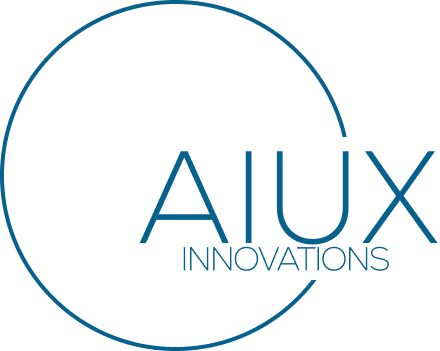The best products aren’t built by accident. They’re built by teams aligned in mission, skill, and purpose. Yet, too often, companies treat hiring like filling empty chairs instead of crafting roles intentionally tied to product outcomes. Welcome to the “job fit industry,” where misalignment between people and purpose quietly erodes even the most ambitious product goals.
Now, enter HEART and AARRR, two product frameworks that help teams measure what matters. HEART, developed by Google, focuses on user-centered metrics: Happiness, Engagement, Adoption, Retention, and Task Success. AARRR, a pirate-inspired growth model coined by Dave McClure, tracks the product lifecycle via Acquisition, Activation, Retention, Referral, and Revenue.
Here’s the secret: these frameworks aren’t just for products. They’re for people, too.
HEART: The Emotional Blueprint of Product and People
The HEART framework is a human-first approach to measuring product UX. But let’s apply it to the people building the product:
- Happiness: Are your teams fulfilled? Motivated? Does their role align with their passion and talent?
- Engagement: Are employees actively contributing ideas, delivering value, or just clocking in?
- Adoption: Are new hires ramping up quickly and fitting into the team culture with clarity of role?
- Retention: Do you create conditions where people want to stay and grow?
- Task Success: Can people succeed because their responsibilities are well-defined, measurable, and supported?
When companies misfire on job fit, they disrupt the team’s HEART, leading to burnout, confusion, turnover, and, ultimately, broken product experiences. Great UX isn’t just designed it’s delivered by people who are aligned, empowered, and clear on what success looks like.
AARRR: Metrics That Scale—When People Are Aligned
Let’s flip to AARRR, the growth funnel that measures how users move through a product journey. Now think about this from a team structure lens:
- Acquisition: How are you sourcing talent? Are your hiring processes designed to attract people with the right fit, not just the right resume?
- Activation: Are you onboarding employees in ways that make them feel confident, effective, and excited to contribute?
- Retention: Are you creating career paths and feedback loops that inspire people to stay?
- Referral: Do your best team members recommend others to join? Culture fit breeds brand advocacy.
- Revenue: When your team is aligned and high-performing, are you seeing that reflected in business outcomes?
Hiring isn’t a cost center. It’s a growth lever. And when hiring is based on true job fit roles designed with purpose, filled with intent every metric in AARRR starts to climb.
What Happens When You Ignore Fit?
You might fill a seat. But the product suffers. Morale dips. Velocity slows. UX decisions are made in silos. Misaligned team members spend more time guessing than executing.
Job fit isn’t about finding someone “good enough.” It’s about precision. Just like great UX solves for a clear user problem, great hiring solves for a clear organizational need. If the problem is vague, the solution will be too.
The Takeaway: Design Your Teams Like You Design Products
If you use frameworks to improve product clarity, you should also use them to improve team clarity. When the people creating the experience thrive, the people using it can feel the difference.
It’s time to stop hiring reactively. The companies that win tomorrow are designing roles today with the same precision and care they use to create products. HEART and AARRR aren’t just acronyms. They’re alignment tools. Use them.
